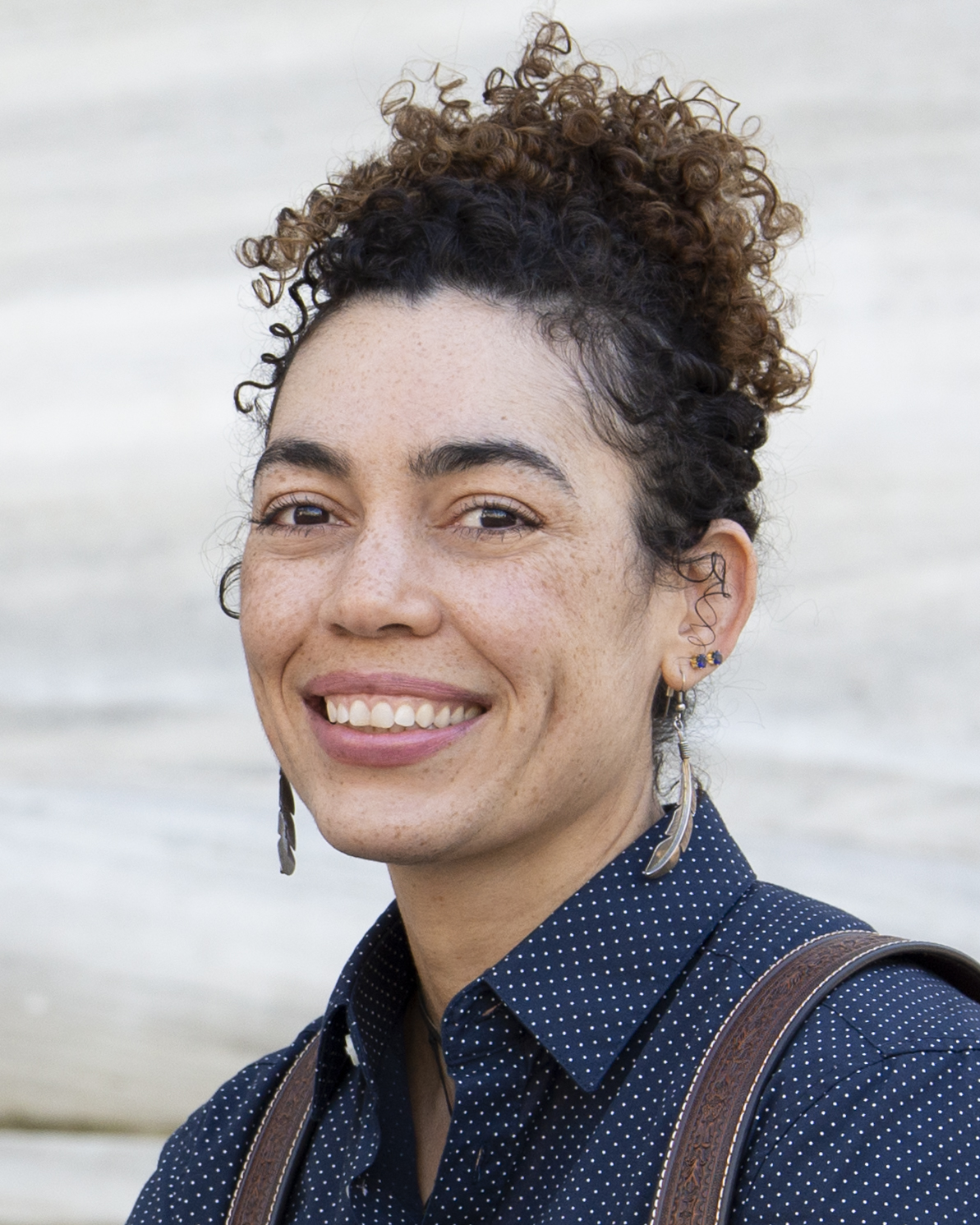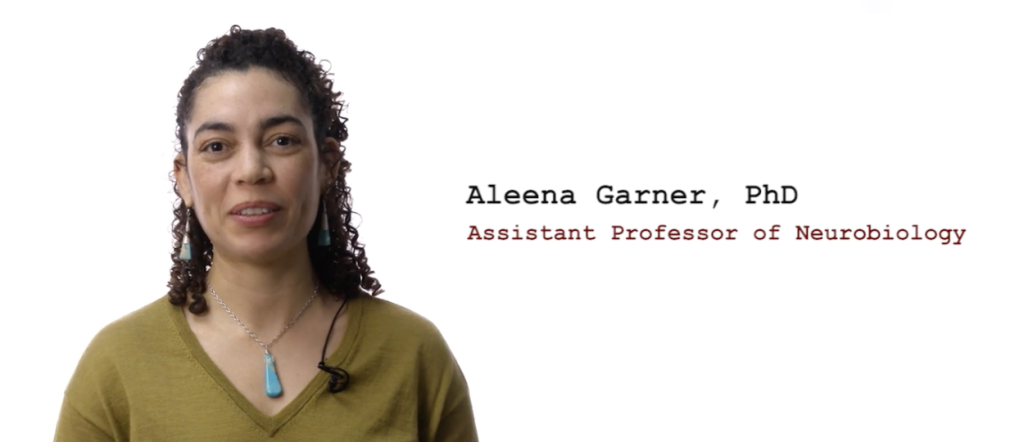
Aleena Garner, Ph.D.
The Neurobiology of Perception and Memory
Three main, current projects in the lab are unified under a broader consideration:
We have a narrative of our lives. We know who we are or we know that we must experience more and contemplate harder to know who we are. We know from where we came. This concept of ourselves makes it possible for us to decide what to do next. Go for a bike ride because the sound of nature feels rejuvenating, take that new job because working with undermining people is exhausting and exciting opportunities await elsewhere, spend some well deserved quality time with good friends. We decide what situations to put ourselves into and we interpret what we see and hear in these situations using the conscious and unconscious knowledge we’ve gained throughout our lives.
The brain is fundamentally composed of the same components as yogurt.. carbon, phosphorus, oxygen, nitrogen. Yet the brain does something that yogurt does not do. The brain makes memories from experience interacting with the world around it and decides what it will do with its future given the expectations it has about that future and how it will ‘feel’ as a result. The person in whom the brain resides is aware of some of these memories, expectations, and feelings and unaware of others. This ability keeps us safe. It is why we stop ourselves from entering a crosswalk in the street when we hear the sound of a siren drawing nearer. It is also why we have prejudice. We already believe something about the information that enters our brain from the eyes and ears instead of neutrally observing.
The goal of research in the Garner lab is to understand how the brain takes what it has already learned to implement expectations that alter our interpretation of what we see and hear. Our work focuses on how memory regulates the way auditory and visual information interact in the brain to create perception.
Proc Natl Acad Sci U S A
View full abstract on Pubmed
Neuron
View full abstract on Pubmed
Science
View full abstract on Pubmed
PLoS One
View full abstract on Pubmed
